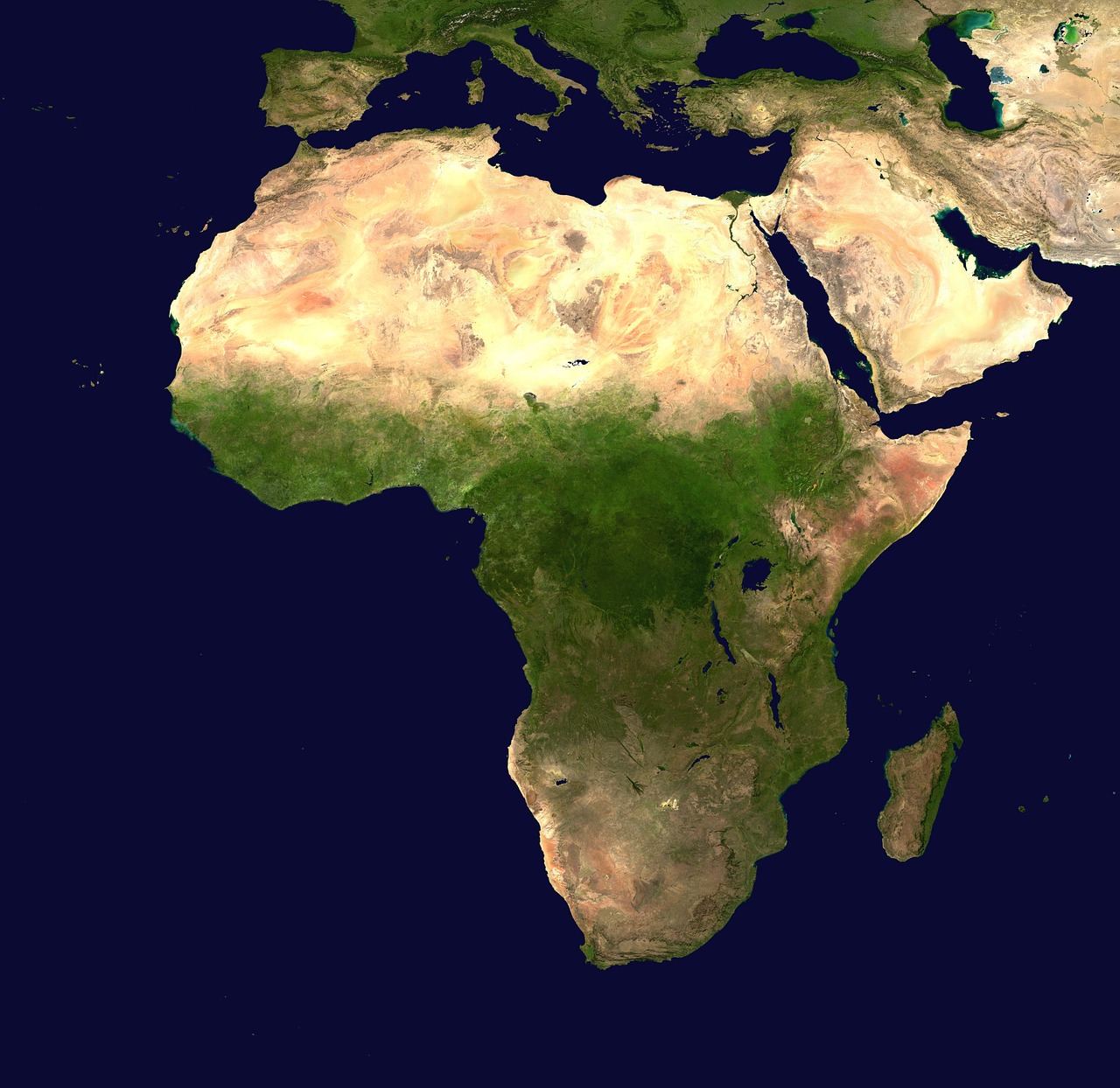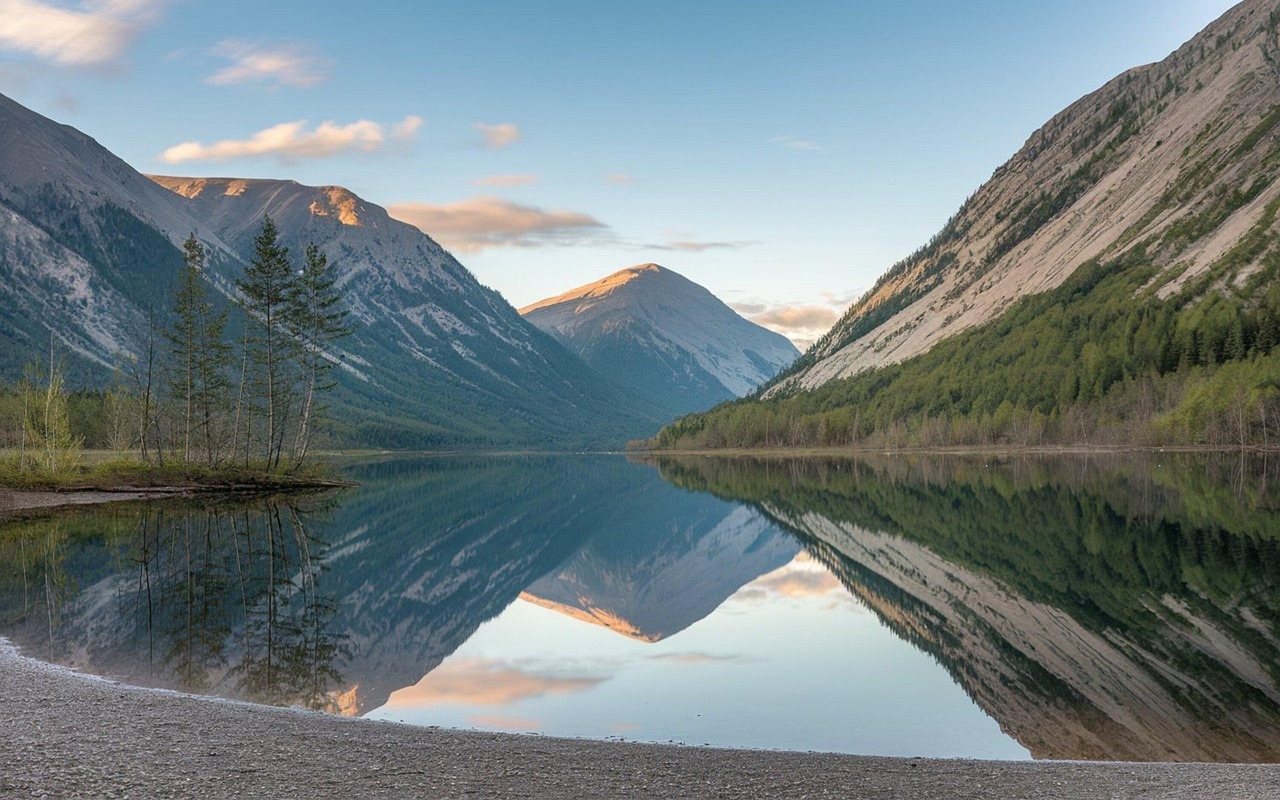Albania travel 2025 offers something rare in Europe today — a chance to explore breathtaking landscapes, vibrant culture, and warm hospitality without the crowds or high costs. Whether you’re hiking in the northern Alps, relaxing along the Riviera, or sipping coffee in Tirana’s lively squares, you’ll discover a destination that feels both new and timeless.
Now is the moment to visit, before the secret fully gets out. So, where will you go first? Will it be the stone streets of Gjirokastër, the turquoise waters of Ksamil, or the wild trails of Theth? Start planning your Albania travel 2025 adventure today, and experience a side of Europe that will stay with you long after you’ve returned home.
Why Albania and Why Now?
Albania has quietly transformed from Europe’s best-kept secret into one of its most exciting destinations for 2025. The buzz isn’t just hype. A mix of natural beauty, affordability, and authentic culture makes Albania the kind of place that appeals to modern travelers seeking more than crowded beaches and overpriced meals. What’s driving this newfound popularity?
For starters, visa-free travel for EU, UK, and many North American visitors makes it easy to plan a spontaneous trip. Affordable prices mean your travel budget stretches further, imagine beachfront stays for under €30, fresh seafood feasts for €10, and bus rides across the country for just a few euros. And 2025 brings improvements in infrastructure: new roads along the coast, better signage, and more direct flights from major European cities.
But perhaps what draws visitors most is what Albania still offers that many other Mediterranean destinations have lost: space, sincerity, and a sense of discovery. Here, you can explore ancient ruins without tour groups, swim in clear seas with just a handful of locals, or hike through mountains where wildflowers outnumber people. Albania in 2025 is a rare mix of comfort and adventure, developed enough to travel with ease, but untouched enough to feel like you’re the first to find it.
Top Stops, Travel Tips, Hidden Beaches
If you’ve ever dreamed of a Mediterranean coast without the crowds, the Albanian Riviera is your answer. Stretching from Vlorë to Sarandë, this sun-kissed shoreline offers a mix of dramatic cliffs, white pebble beaches, and inviting turquoise waters. Unlike its more famous neighbors, the Riviera remains refreshingly underdeveloped, a place where mountain roads wind down to secret coves and tiny fishing villages.
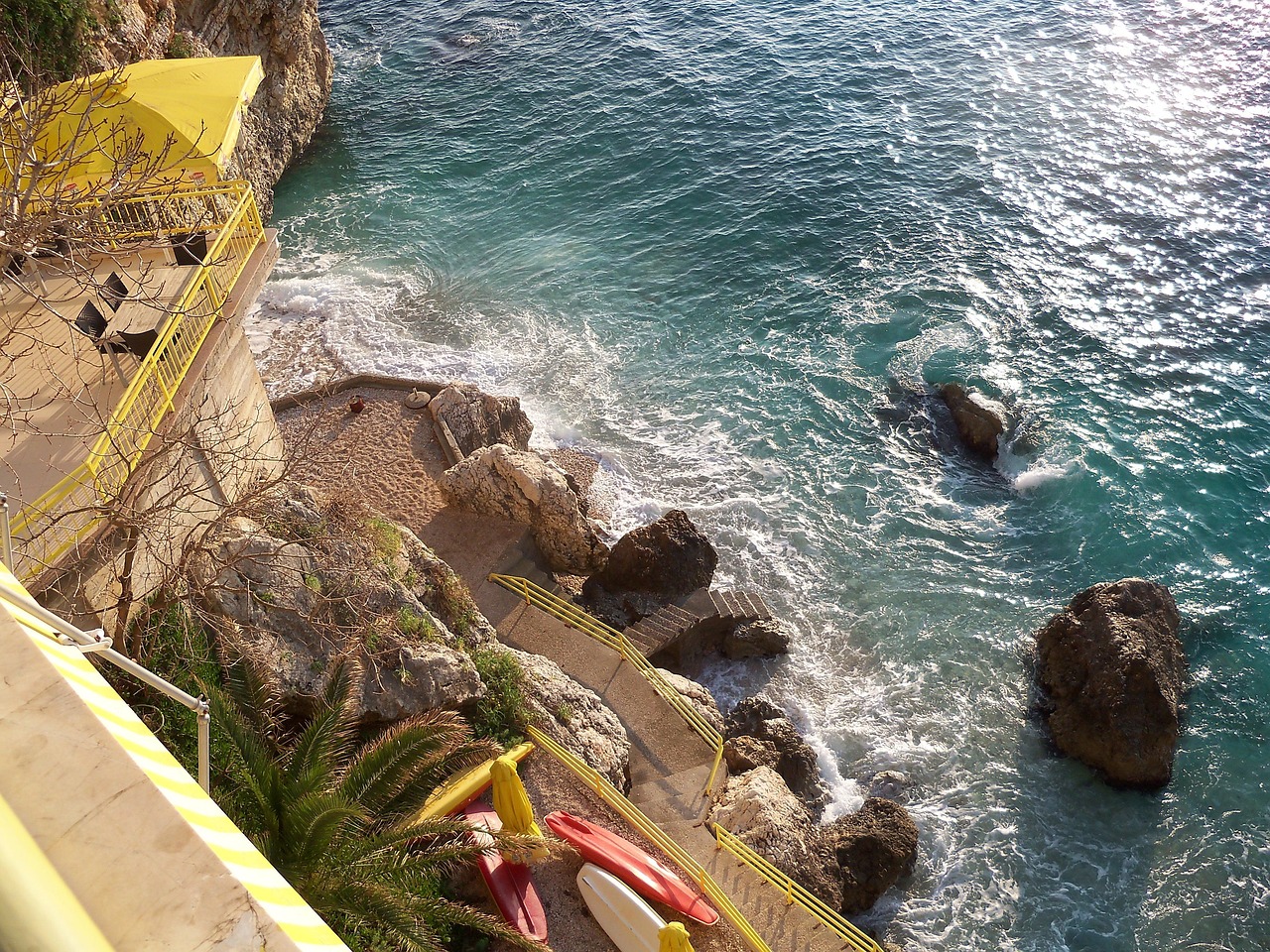
Dhërmi stands out for its bohemian vibe, cliffside views, and lively beach bars that feel authentic rather than flashy. Here you’ll find a mix of young Albanians, in-the-know travelers, and families enjoying the same clear waters. Himarë is quieter, a perfect base for slow mornings, seaside lunches, and gentle swims. Sarandë, the largest hub, is a good jumping-off point for exploring nearby gems like Ksamil’s famous turquoise bays or the ancient ruins of Butrint National Park.
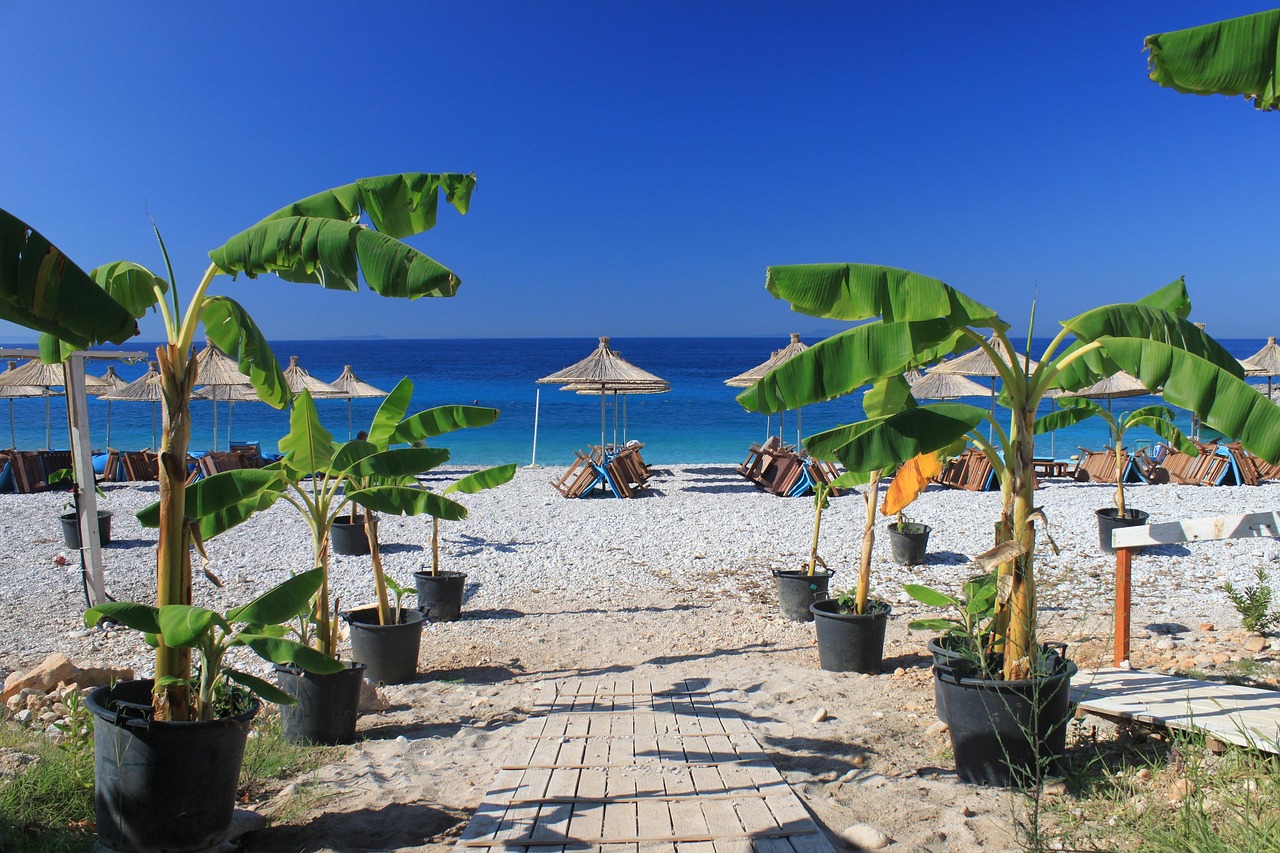
For hidden spots, rent a car and head to Gjipe Beach, a secluded cove reached via a short hike or boat. Or explore Borsh, where olive groves stretch down to an endless strip of sand.
Tips: Expect basic beach facilities, umbrellas, sunbeds, and a taverna or two, not luxury resorts. The local seafood is delicious, often grilled fresh right on the beach. Buses run along the coast but renting a car gives you the freedom to discover the Riviera’s best-kept secrets.
Tirana: Europe’s Most Underrated Capital
Tirana defies expectations at every turn. Albania’s lively capital blends colorful buildings, Ottoman-era landmarks, communist history, and a fast-growing arts and café scene. In 2025, it’s one of Europe’s most exciting small cities – full of contrasts, energy, and surprises.
Explore the Blloku district, once reserved for communist officials, now packed with stylish cafés, rooftop bars, and boutique shops. Wander Skanderbeg Square, where you’ll find mosques, cathedrals, and museums side by side. Don’t miss the House of Leaves, a haunting museum that reveals the city’s secret surveillance past, or the repurposed Pyramid of Tirana, now a creative tech hub.
Ride the cable car up Mount Dajti for sweeping views and fresh mountain air. Stroll the Grand Park’s lakeside paths or picnic beneath shade trees with locals.
The food scene is a delight. Think of fresh salads, wood-fired meats, and rich desserts at prices that make dining out a daily pleasure. Coffee culture rivals Italy, with strong espresso served at every turn.
Tip: Tirana is a city best explored on foot, but taxis and buses are cheap and easy to use. Expect friendly faces, a language mix of Albanian, Italian, and English, and endless invitations for a coffee chat.
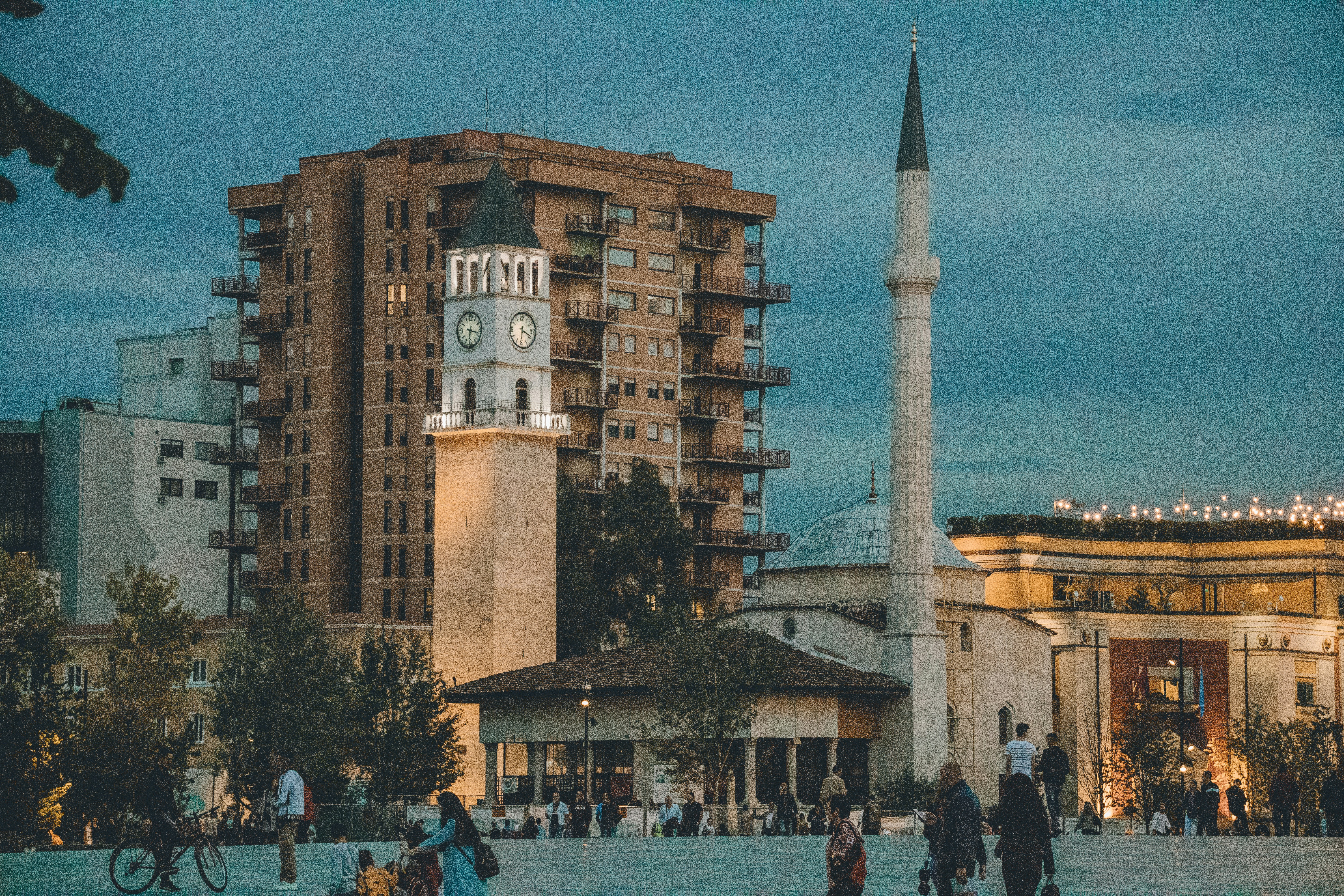
Gjirokastër & Berat: UNESCO Treasures
Step into Albania’s rich past with a visit to Gjirokastër and Berat, two UNESCO World Heritage cities that feel like living museums. Gjirokastër, known as the “stone city,” is famous for its Ottoman-era houses with slate roofs, cobbled streets, and a hilltop castle that offers sweeping views of the Drino Valley. As you wander its lanes, you’ll discover artisan shops selling handwoven rugs, silver jewelry, and bottles of potent homemade raki.
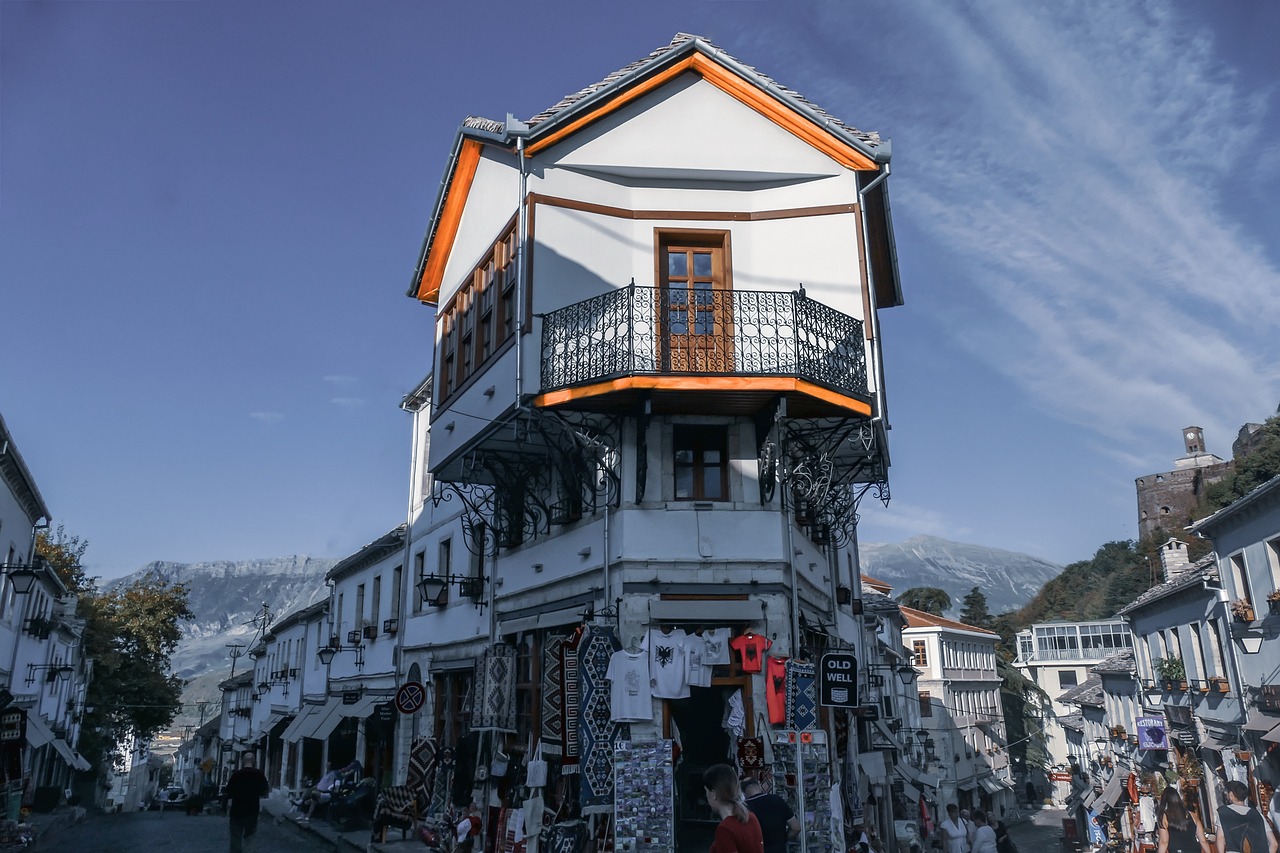
Berat, the “city of a thousand windows,” charms visitors with its white Ottoman houses stacked along a hillside, Byzantine churches hidden between homes, and a castle that’s still inhabited today. Don’t miss sunset over the Mangalem quarter, where the light turns stone walls golden. Local wineries in the surrounding hills offer tastings that combine perfectly with the view.
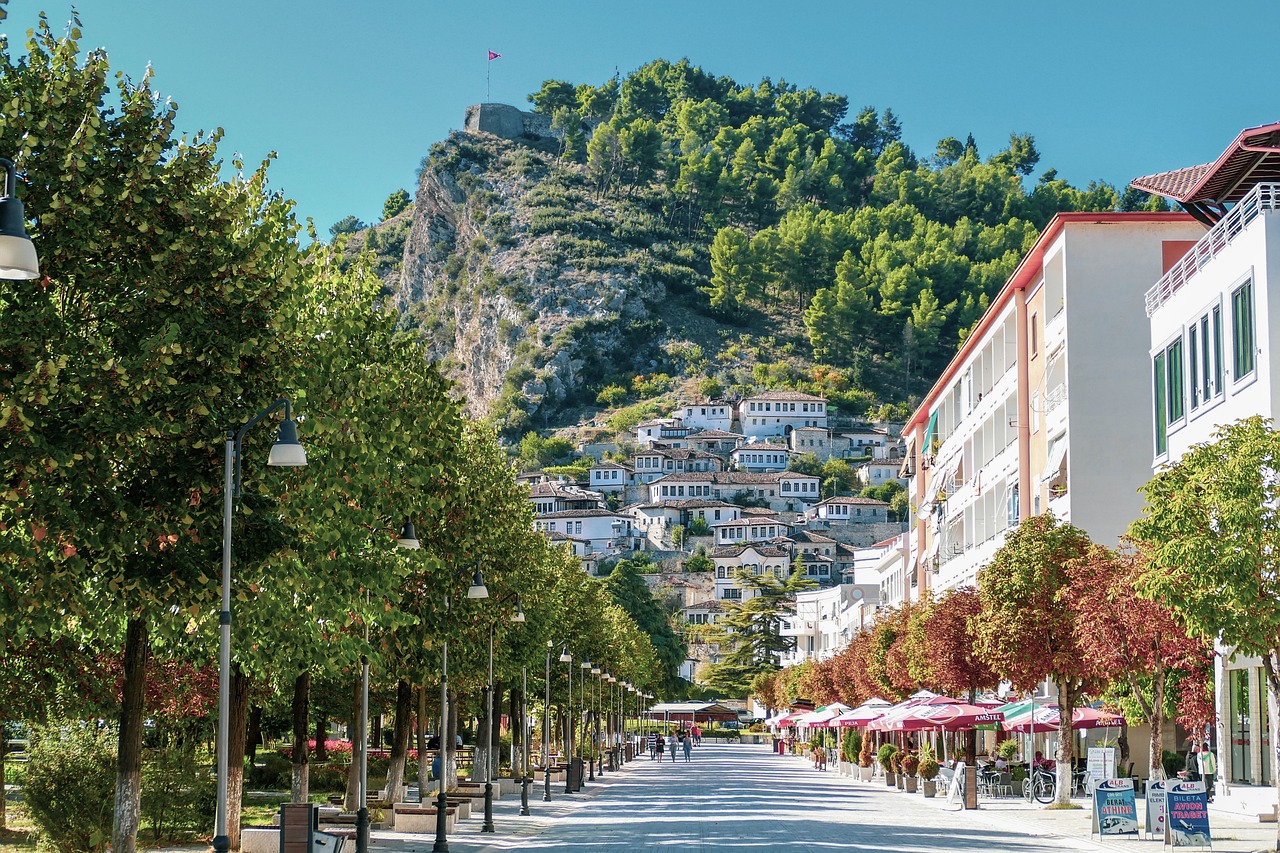
Theth & Valbona: Hiking Albania’s Wild North
Albania’s northern Alps, also known as the Accursed Mountains, deliver some of the most dramatic landscapes in Europe. The Theth to Valbona trail is the star of the show, a spectacular route that crosses a high mountain pass, offering sweeping views of jagged peaks, alpine meadows, and hidden waterfalls. The hike can be done in a single challenging day or split into two more leisurely stages, with overnights in friendly guesthouses.
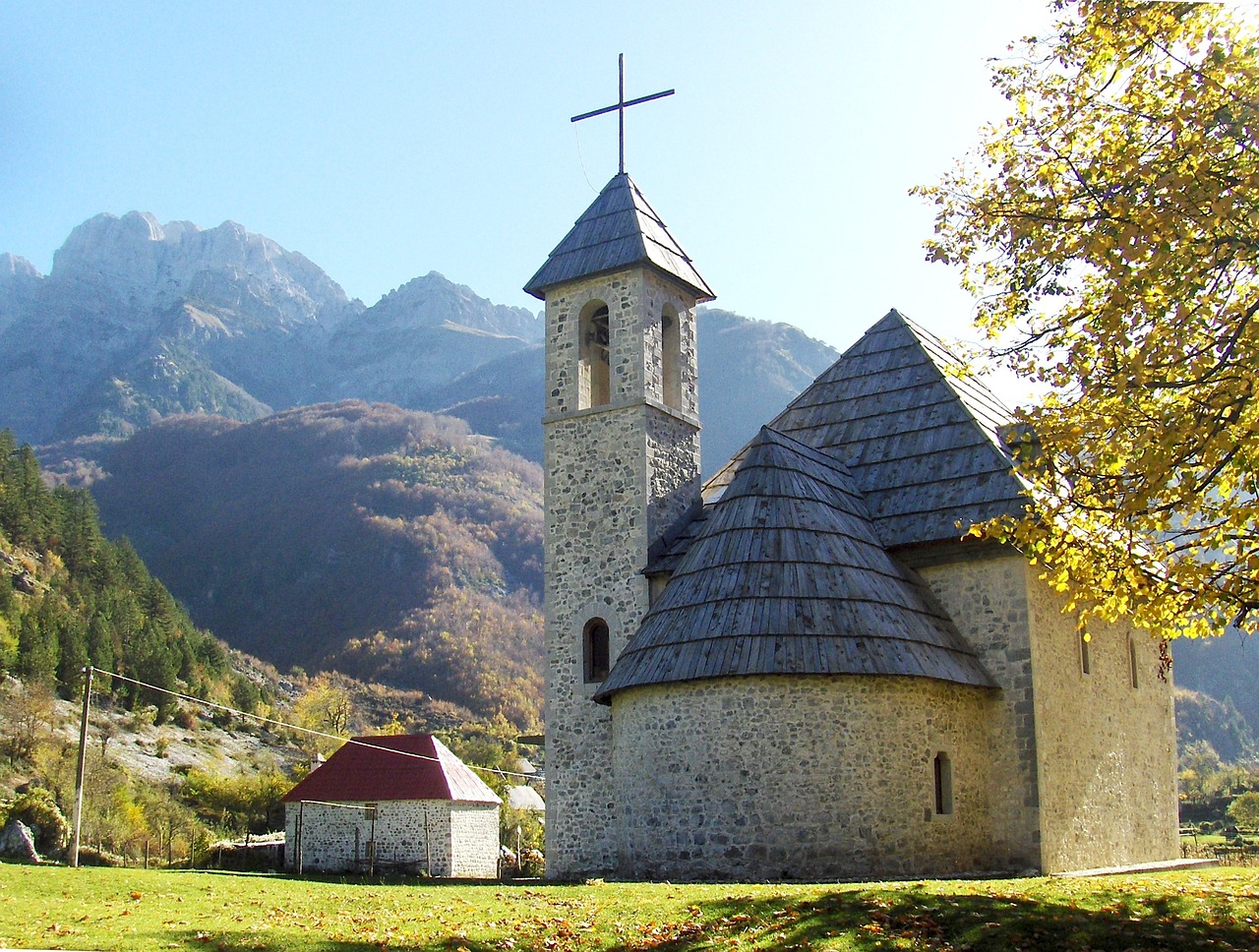
Theth is a tiny village that feels frozen in time. Stone towers, wooden bridges, and wildflower-strewn paths welcome hikers, while the famous Blue Eye spring rewards those who venture deep into the valley. Valbona, on the other side of the pass, is all about wide open spaces, with clear rivers, pine forests, and endles
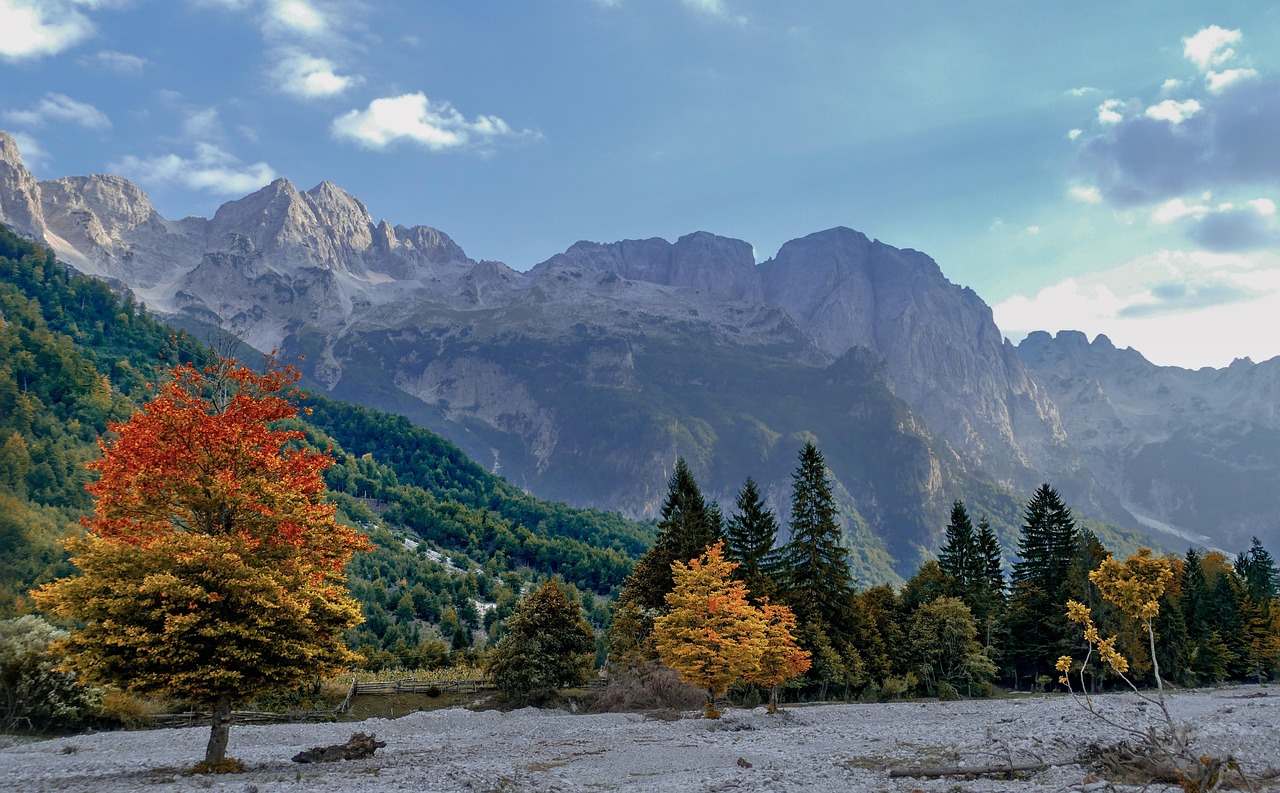
Flavors of Albania: A Taste of Tradition
Albanian cuisine is deeply rooted in tradition and local ingredients, reflecting the country’s diverse landscapes and history. It’s not about fancy restaurants or world-famous dishes, it’s about simple, generous meals that bring people together.
Expect fresh vegetables, olive oil from centuries-old groves, and bread baked in wood-fired ovens. Along the coast, fishermen serve up grilled sea bass or mullet, caught that morning. In the mountains, you’ll find hearty stews, cheeses made in family dairies, and wild herbs gathered from nearby hills.
If you’re looking for signature tastes, try byrek (a flaky pie filled with cheese or greens), tavë kosi (lamb baked in tangy yogurt), or the sweet, syrupy trileçe cake. And wherever you go, you’re likely to be offered a glass of homemade raki, which is a gesture of hospitality that’s as important as the meal itself.
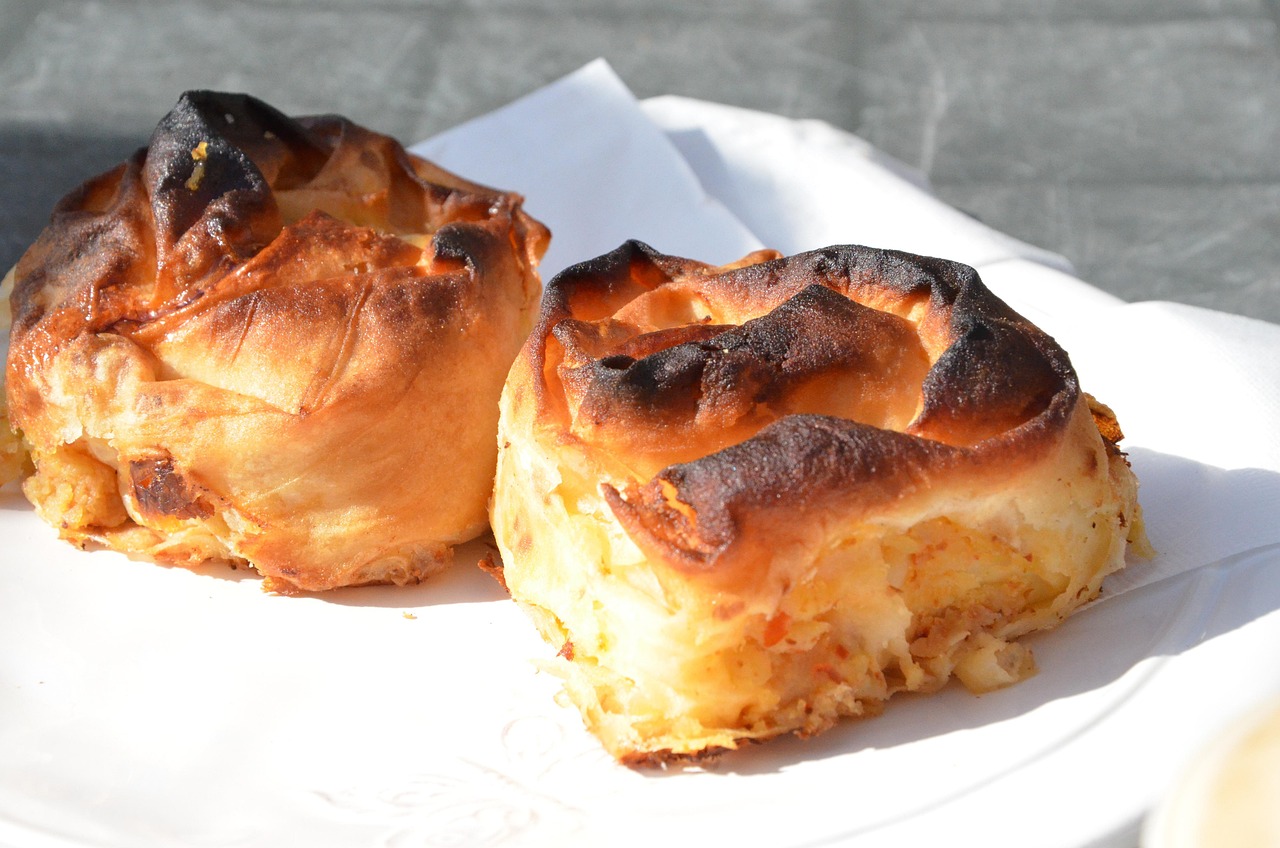
Rather than focusing on specific restaurants, the joy of eating in Albania comes from discovering hidden roadside grills, cozy guesthouses, and local markets where what’s served is shaped by the season and the day’s catch.
Budget Travel and Practical Tips
One of Albania’s biggest draws in 2025 is how far your money goes. Compared to much of Europe, it’s refreshingly affordable without feeling cheap. You can stay in a beachfront guesthouse for under €30 per night, enjoy fresh seafood dinners for €10, or sip local wine in a scenic café for less than €2.
Public transport is inexpensive but irregular, especially in rural areas. For flexibility, renting a car is recommended, just take it slow on winding mountain roads. Buses and furgons (shared minibuses) offer an authentic, if sometimes unpredictable, way to get around.
SIM cards with generous data packages cost about €10 per month, and free Wi-Fi is common in cafés and hotels. ATMs are widely available in cities, but carry some cash for small towns and villages.
Practical tips: Learn a few words of Albanian, though English and Italian are widely spoken among younger people. Greet locals with a smile, remove your shoes when entering homes, and don’t be surprised if you’re invited in for coffee or a shot of raki, it’s part of Albania’s legendary hospitality.
Safety, Hospitality, and Cultural Etiquette
Albania is often described as one of Europe’s safest and friendliest destinations. Crime rates are low, and violent crime is rare, especially toward tourists. Many visitors are struck by how eager locals are to help, whether that’s offering directions, sharing food, or simply welcoming you with a warm smile. Solo travelers, including women, report feeling comfortable, even in remote areas.
Hospitality is woven into Albanian culture. The concept of besa, a traditional code of honor, reflects the deep commitment to caring for guests. Don’t be surprised if you’re invited for a coffee, a meal, or even to stay overnight. Refusing politely is accepted, but it’s a sign of respect to at least share a drink or a few words.
Cultural etiquette is straightforward: greet people with a smile, respect local customs, and dress modestly in rural areas or religious sites. When invited into a home, remove your shoes at the door. And if you’re offered raki, the local spirit, it’s customary to accept at least a sip, it’s a gesture of friendship.
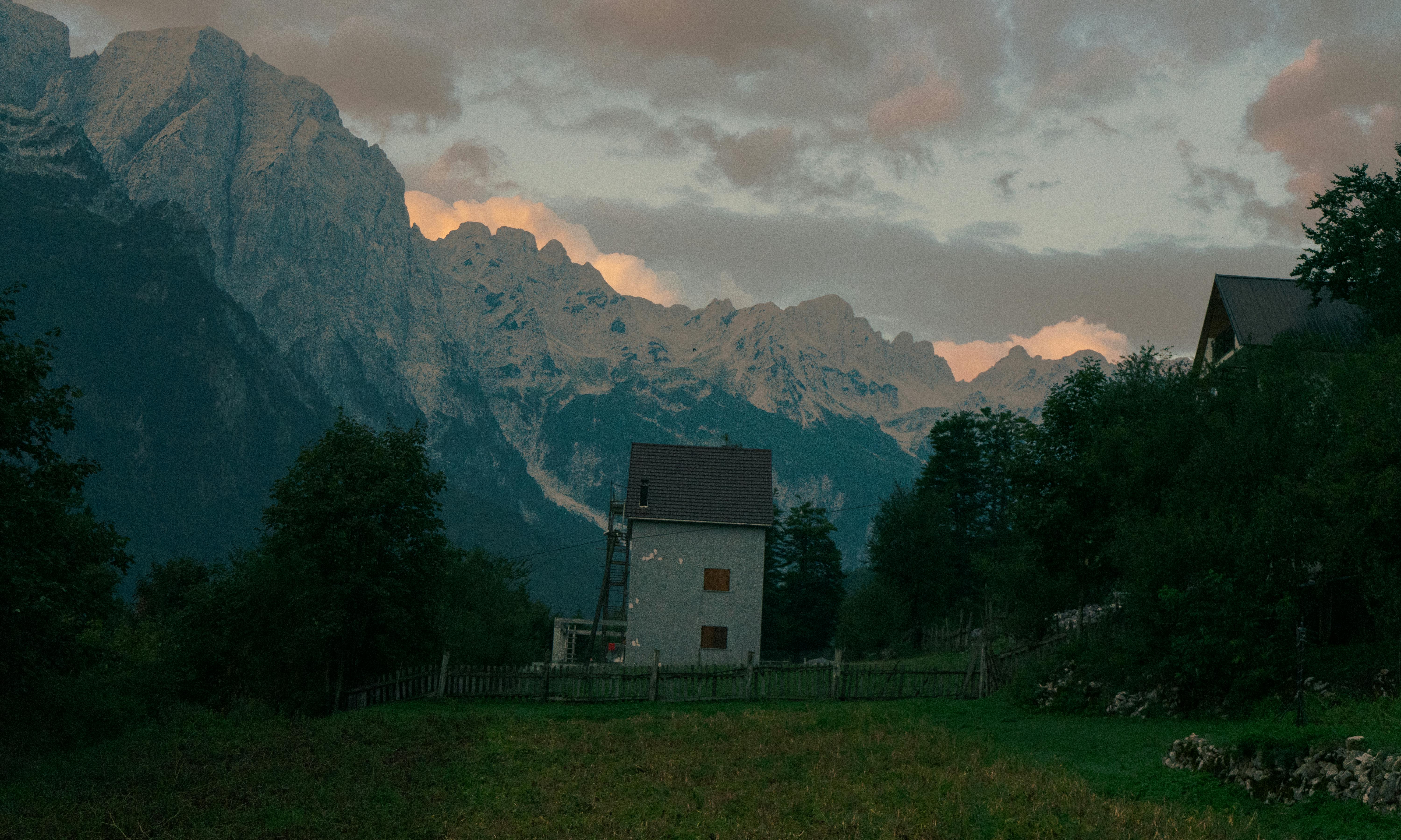
Adventure Activities Beyond Hiking
While Albania’s hiking trails are legendary, the country offers plenty of adventure for thrill-seekers of all kinds. Along the coast, paragliding over Llogara Pass gives you a bird’s-eye view of the Riviera’s dramatic cliffs and turquoise waters. Experienced instructors guide you in tandem flights, making it accessible even for beginners.
For water lovers, the Vjosa River, one of Europe’s last wild rivers, is ideal for rafting and kayaking. Its untouched beauty and gentle rapids provide fun without extreme risk, perfect for adventurous families or first-timers. Meanwhile, divers can explore hidden underwater caves and shipwrecks off the Ionian coast, with dive centers based in Sarandë and Himarë.
In the south, try canyoning in Osumi Canyon, where you’ll swim, scramble, and slide through a breathtaking river gorge. Or join a mountain biking tour through the rugged hills of Gjirokastër or the rolling vineyards of the Berat region.
Tip: Many of these activities are best enjoyed with local guides who know the terrain and can ensure both safety and a deeper connection to the landscape.
Digital Nomad Life in Albania
Albania is quietly becoming a favorite for digital nomads seeking an affordable, scenic base with strong community vibes. In 2025, cities like Tirana and coastal hubs such as Sarandë and Vlore are seeing a rise in coworking spaces, cafés with reliable Wi-Fi, and short-term rentals that cater to remote workers.
Tirana’s New Bazaar area and Blloku district are filled with laptop-friendly spots, while the coastal towns offer the rare mix of beach views and good connectivity. Coworking hubs like Destil Creative Hub in Tirana and emerging spaces in Sarandë provide flexible options, from daily passes to monthly memberships.
Visa policies are nomad-friendly, with many nationalities allowed extended stays visa-free or on simple tourist visas. SIM cards with generous data are cheap and easy to set up, making it simple to stay connected while exploring the country’s natural wonders between work sessions.
Best Times to Visit & Seasonal Highlights
Albania offers distinct experiences depending on when you go, making it a rewarding destination year-round. Spring (April to June) is arguably the best time to visit, with wildflowers in full bloom, warm but comfortable temperatures, and fewer crowds at popular sites like the Albanian Riviera or Gjirokastër. It’s ideal for hikers, cyclists, and culture seekers looking to explore without the summer heat.
Summer (July and August) brings high temperatures, especially inland, but it’s prime time for beach lovers. The Riviera buzzes with life, local festivals fill village squares, and the coastline offers endless opportunities for swimming, diving, and boating. If you don’t mind the heat, it’s the season to soak up the sun and vibrant atmosphere.
Autumn (September to October). The sea remains warm, the crowds thin out, and harvest season brings food festivals, wine tastings, and markets overflowing with figs, pomegranates, and olives. It’s a favorite among slow travelers and photographers.
Winter (November to March) sees snow in the north, turning the Albanian Alps into a playground for adventurers. While coastal areas quiet down, the cities remain lively with cultural events and cozy cafés.
Albania in 2025 offers something rare in Europe today — a chance to explore breathtaking landscapes, vibrant culture, and warm hospitality without the crowds or high costs. Whether you’re hiking in the northern Alps, relaxing along the Riviera, or sipping coffee in Tirana’s lively squares, you’ll discover a destination that feels both new and timeless.
Now is the moment to visit, before the secret fully gets out. So, where will you go first? Will it be the stone streets of Gjirokastër, the turquoise waters of Ksamil, or the wild trails of Theth? Start planning your Albanian adventure today, and experience a side of Europe that will stay with you long after you’ve returned home.


